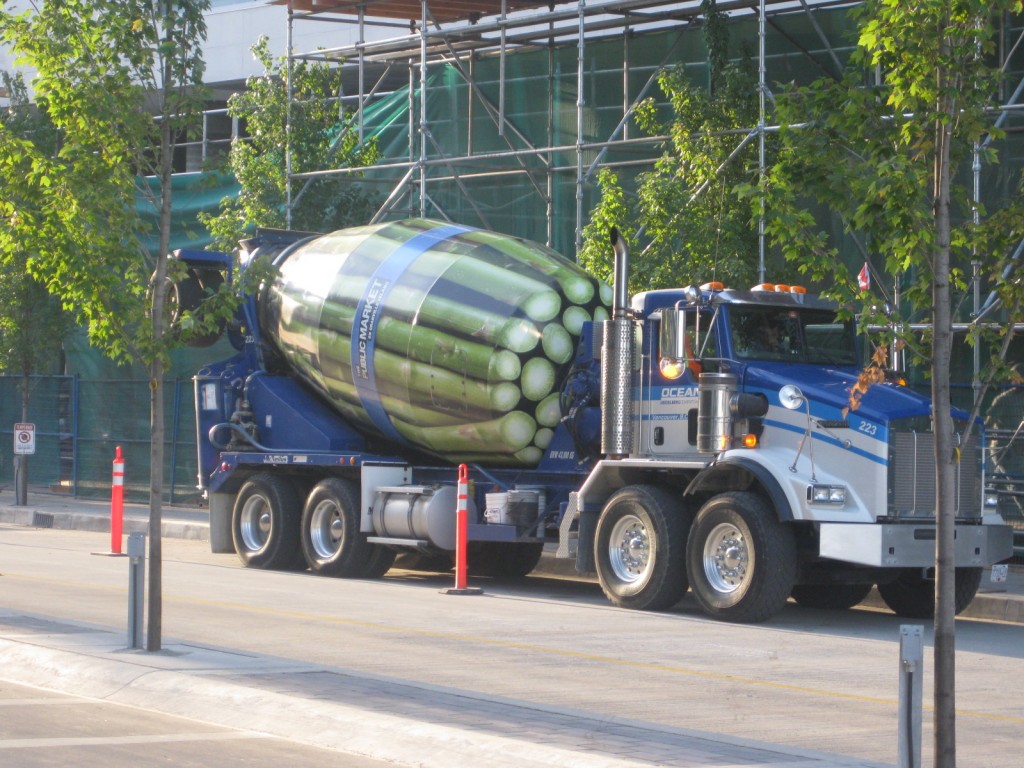Agricultural urbanism (AU): Agricultural Urbanism is an approach to urban planning and development that foregrounds all elements of the food system across all parts of a city. It’s about reconnecting those who live in cities to all the elements in the system that grows, processes, packages, distributes, sells, delivers, cooks, celebrates and educates about the food they eat – by integrating the food system visibly into every element of the city, and thereby creating a more vibrant and prosperous city as well as a more resilient and culturally rich food system. Agricultural Urbanism reaches far beyond foodie-trends and works to build a deep, robust and prosperous food system in a city.
Re-inviting food back into city building: There is extensive information available on all aspects of the global food system however, Agricultural Urbanism distinguishes itself from these other perspectives and movements by focusing on how each element of the food system can be most positively integrated into every aspect of city planning and development design. Through innovative planning and design strategies that marry development and food production, AU challenges the dichotomy and separation of cities and food production and proposes innovative win/win solutions that benefit both cities and food systems.
An Agricultural Urbanism framework: Agricultural Urbanism is based on a merging two frameworks including:
- 1)Food – The elements of a sustainable urban and regional food system, such as agriculture, food processing, restaurants, etc….; and
- 2) Cities – The fundamental elements of a city such as streets, parks, buildings etc…
Each of these dimensions are explored in more detail in this website as well as many unique ideas and solutions that emerge from their merger to develop in a city that supports and foregrounds the food system.
Goals of AU
There are four key goals of AU. These are to:
- Integrate a significant food system productivity and value into all aspects of urban planning and design on a project, in a neighbourhood or in a city.
- Harness development investment through its program, financing and other elements to aid the local food system’s sustainability performance (eg: endowments; trust ownership; etc…)
- Design and program the project to provide many educational elements related to a sustainable urban and regional food system – both formal and informal as well as increase the partnerships and social capital / relationships around food.
- Promote developments that increase the overall sustainability performance of the larger community.
In 2009, the book Agricultural Urbanism was published by Green Frigate Books, authored by Janine de la Salle, Mark Holland and additional contributors and it has become a handbook on the Agricultural Urbanist approach to city planning and food systems – now used as a textbook in universities.
http://www.amazon.ca/Agricultural-Urbanism-Handbook-Building-Sustainable/dp/0981243428
Read a review of the Agricultural Urbanism book in the Journal of Agriculture, Food Systems, and Community Development


